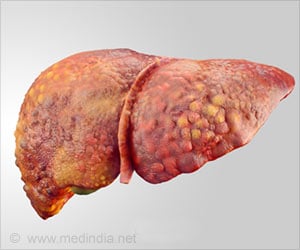Researchers harnessed the power of artificial intelligence to study the trends in substance abuse among high school students.

AI is Revolutionizing Addiction Treatment
“Machine learning has advantages over traditional statistical methods," said Helen Chen, a public health professor at Waterloo. "For instance, due to the nature of machine learning, we didn't need to hand-pick variables based on the existing literature to keep our models parsimonious. With machine learning, you look at all the possible permutations in the data. And we found that variables such as receiving a large weekly allowance were more of a factor than traditional risk factors such as depression, anxiety or bullying.”‘Public health practitioners should pay attention to the diverse associations between polysubstance use and multifaceted modifiable factors when designing and implementing interventions targeting multiple youth behaviors.’





In the study, the team identified four distinct usage patterns – no use, single-use (alcohol), dual-use (alcohol and e-cigarettes) and multi-use (alcohol, e-cigarettes, cigarettes and marijuana). “Most students remained in the same subgroup over the years, and typically, those who transitioned moved toward a higher-use pattern,” said Rena Yang, first author and postdoctoral fellow in Waterloo's School of Public Health Sciences.
“The most likely transition occurred from dual to multi-use, and the least likely transition was from dual use to single use. Basically, once students start using, it is rare for them to spontaneously stop while still in high school.”
The multi-use subgroup had the most stable use pattern among the four, followed by the dual-use subgroup and the no-use subgroup. The single-use subgroup was the least stable.
The researchers used data from the COMPASS System, a rich database of reliable longitudinal health-related information collected from students annually in Canadian secondary school settings.
Advertisement
The study, Exploring the dynamic transitions of polysubstance use patterns among Canadian youth using Latent Markov Models on COMPASS data, was authored by Waterloo's Yang, Chen, Zahid Butt, Scott Leatherdale, Plinio Morita, Alexander Wong and the University of Toronto's Laura Rosella. It was published in The Lancet Regional Health-Americas journal.












